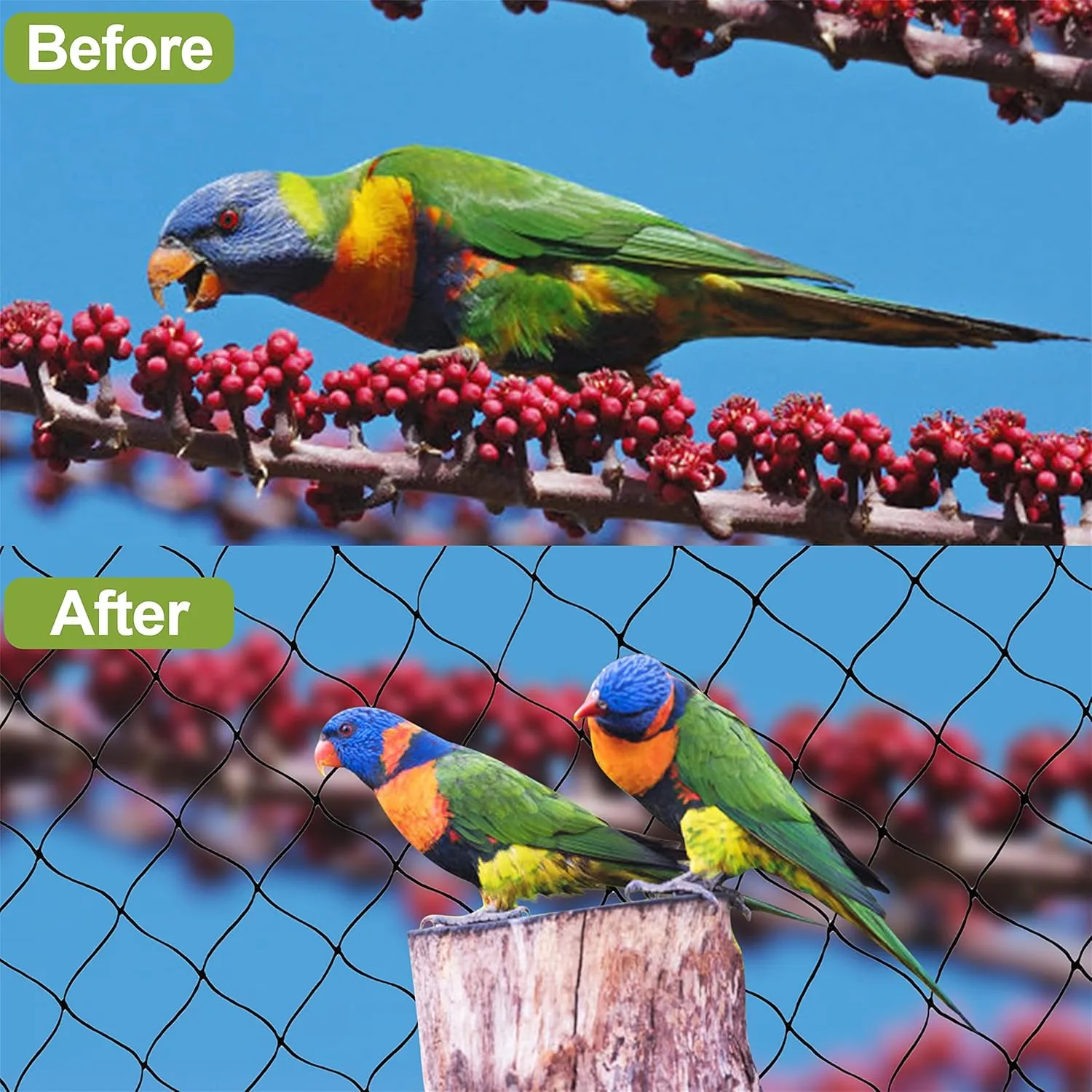-
 Afrikaans
Afrikaans -
 Albanian
Albanian -
 Amharic
Amharic -
 Arabic
Arabic -
 Armenian
Armenian -
 Azerbaijani
Azerbaijani -
 Basque
Basque -
 Belarusian
Belarusian -
 Bengali
Bengali -
 Bosnian
Bosnian -
 Bulgarian
Bulgarian -
 Catalan
Catalan -
 Cebuano
Cebuano -
 China
China -
 Corsican
Corsican -
 Croatian
Croatian -
 Czech
Czech -
 Danish
Danish -
 Dutch
Dutch -
 English
English -
 Esperanto
Esperanto -
 Estonian
Estonian -
 Finnish
Finnish -
 French
French -
 Frisian
Frisian -
 Galician
Galician -
 Georgian
Georgian -
 German
German -
 Greek
Greek -
 Gujarati
Gujarati -
 Haitian Creole
Haitian Creole -
 hausa
hausa -
 hawaiian
hawaiian -
 Hebrew
Hebrew -
 Hindi
Hindi -
 Miao
Miao -
 Hungarian
Hungarian -
 Icelandic
Icelandic -
 igbo
igbo -
 Indonesian
Indonesian -
 irish
irish -
 Italian
Italian -
 Japanese
Japanese -
 Javanese
Javanese -
 Kannada
Kannada -
 kazakh
kazakh -
 Khmer
Khmer -
 Rwandese
Rwandese -
 Korean
Korean -
 Kurdish
Kurdish -
 Kyrgyz
Kyrgyz -
 Lao
Lao -
 Latin
Latin -
 Latvian
Latvian -
 Lithuanian
Lithuanian -
 Luxembourgish
Luxembourgish -
 Macedonian
Macedonian -
 Malgashi
Malgashi -
 Malay
Malay -
 Malayalam
Malayalam -
 Maltese
Maltese -
 Maori
Maori -
 Marathi
Marathi -
 Mongolian
Mongolian -
 Myanmar
Myanmar -
 Nepali
Nepali -
 Norwegian
Norwegian -
 Norwegian
Norwegian -
 Occitan
Occitan -
 Pashto
Pashto -
 Persian
Persian -
 Polish
Polish -
 Portuguese
Portuguese -
 Punjabi
Punjabi -
 Romanian
Romanian -
 Russian
Russian -
 Samoan
Samoan -
 Scottish Gaelic
Scottish Gaelic -
 Serbian
Serbian -
 Sesotho
Sesotho -
 Shona
Shona -
 Sindhi
Sindhi -
 Sinhala
Sinhala -
 Slovak
Slovak -
 Slovenian
Slovenian -
 Somali
Somali -
 Spanish
Spanish -
 Sundanese
Sundanese -
 Swahili
Swahili -
 Swedish
Swedish -
 Tagalog
Tagalog -
 Tajik
Tajik -
 Tamil
Tamil -
 Tatar
Tatar -
 Telugu
Telugu -
 Thai
Thai -
 Turkish
Turkish -
 Turkmen
Turkmen -
 Ukrainian
Ukrainian -
 Urdu
Urdu -
 Uighur
Uighur -
 Uzbek
Uzbek -
 Vietnamese
Vietnamese -
 Welsh
Welsh -
 Bantu
Bantu -
 Yiddish
Yiddish -
 Yoruba
Yoruba -
 Zulu
Zulu
Effective Insect-Resistant Mesh for Enhanced Outdoor Protection and Durability
The Importance of Bee Proof Mesh in Protecting Pollinator Populations
As the global awareness of environmental issues intensifies, the importance of protecting our pollinators—particularly bees—has come to the forefront. Bees play an indispensable role in our ecosystem, contributing to the pollination of a significant percentage of the plants we rely on for food. However, their populations are under threat from various factors, including habitat loss, pesticide use, and climate change. One innovative solution that has gained traction in recent years is the use of bee proof mesh. This article explores the significance of bee proof mesh and its applications in safeguarding both bees and other pollinators.
Bee proof mesh is a specialized type of mesh designed to allow air and light to pass through while preventing bees from entering or exiting designated areas. It is typically made from durable materials that can withstand environmental elements, making it an ideal choice for various applications, including gardens, apiaries, and agricultural settings. By creating a controlled environment, bee proof mesh can help reduce the risks associated with bee populations coming into contact with harmful pesticides or getting lost outside their natural habitats.
One of the most notable applications of bee proof mesh is in agricultural practices. Farmers striving for sustainable practices can use this mesh to safeguard their crops while ensuring that bee populations remain healthy. By covering certain areas with bee proof mesh, farmers can protect their pollinators from potentially harmful chemicals applied to nearby crops. This increases the likelihood of bees remaining in their habitats while still boosting crop yields through the necessary cross-pollination.
bee proof mesh

Moreover, bee proof mesh has proven to be beneficial in residential gardening. Home gardeners are increasingly aware of the importance of attracting bees and other pollinators to their gardens. By using bee proof mesh in their gardening designs, they can create safe spaces that facilitate pollinator activities while minimizing the risk of bee invasions into areas where they may not be welcome. This is particularly beneficial in vegetable gardens or flower beds where humans interact frequently. The mesh acts as a barrier, allowing pollinators to access the flowers while ensuring that bees do not inadvertently enter homes and become trapped or overwhelmed.
In addition to its applications in gardening and agriculture, bee proof mesh can also play a crucial role in urban planning and development. As cities expand and become more populated, the natural habitats of many pollinators are destroyed. By incorporating bee proof mesh into urban landscaping efforts, we can create designated green spaces that serve as safe havens for pollinators. This can help increase biodiversity in urban areas while enhancing the overall health of the environment.
The environmental implications of using bee proof mesh extend beyond just protecting bees. Pollinators are a vital part of the food pyramid, and their decline poses threats not only to crops but also to entire ecosystems. By utilizing bee proof mesh in various sectors, we can work towards creating a more sustainable coexistence between human activities and the natural world.
In conclusion, bee proof mesh is a noteworthy innovation in the ongoing effort to protect our vital pollinators. Its versatility and effectiveness make it an essential tool for farmers, gardeners, and urban planners alike. By implementing bee proof mesh in various applications, we can help ensure the survival of bee populations, ultimately contributing to the health of our environment and food systems. As we continue to face ecological challenges, such measures will be crucial in fostering a harmonious relationship between humanity and nature.
-
Shipping Plastic Bags for Every NeedNewsJul.24,2025
-
Safety Netting: Your Shield in ConstructionNewsJul.24,2025
-
Plastic Mesh Netting for Everyday UseNewsJul.24,2025
-
Nylon Netting for Every UseNewsJul.24,2025
-
Mesh Breeder Box for Fish TanksNewsJul.24,2025
-
Expanded Steel Mesh Offers Durable VersatilityNewsJul.24,2025











